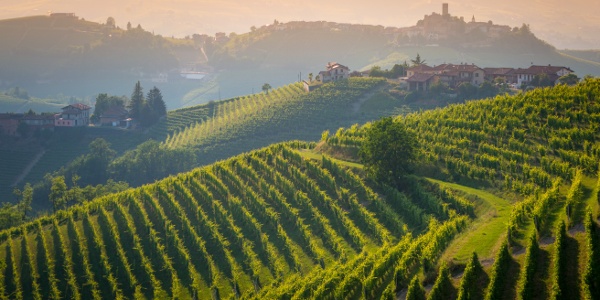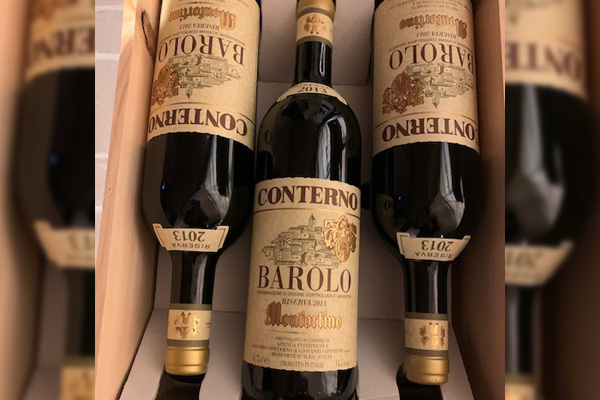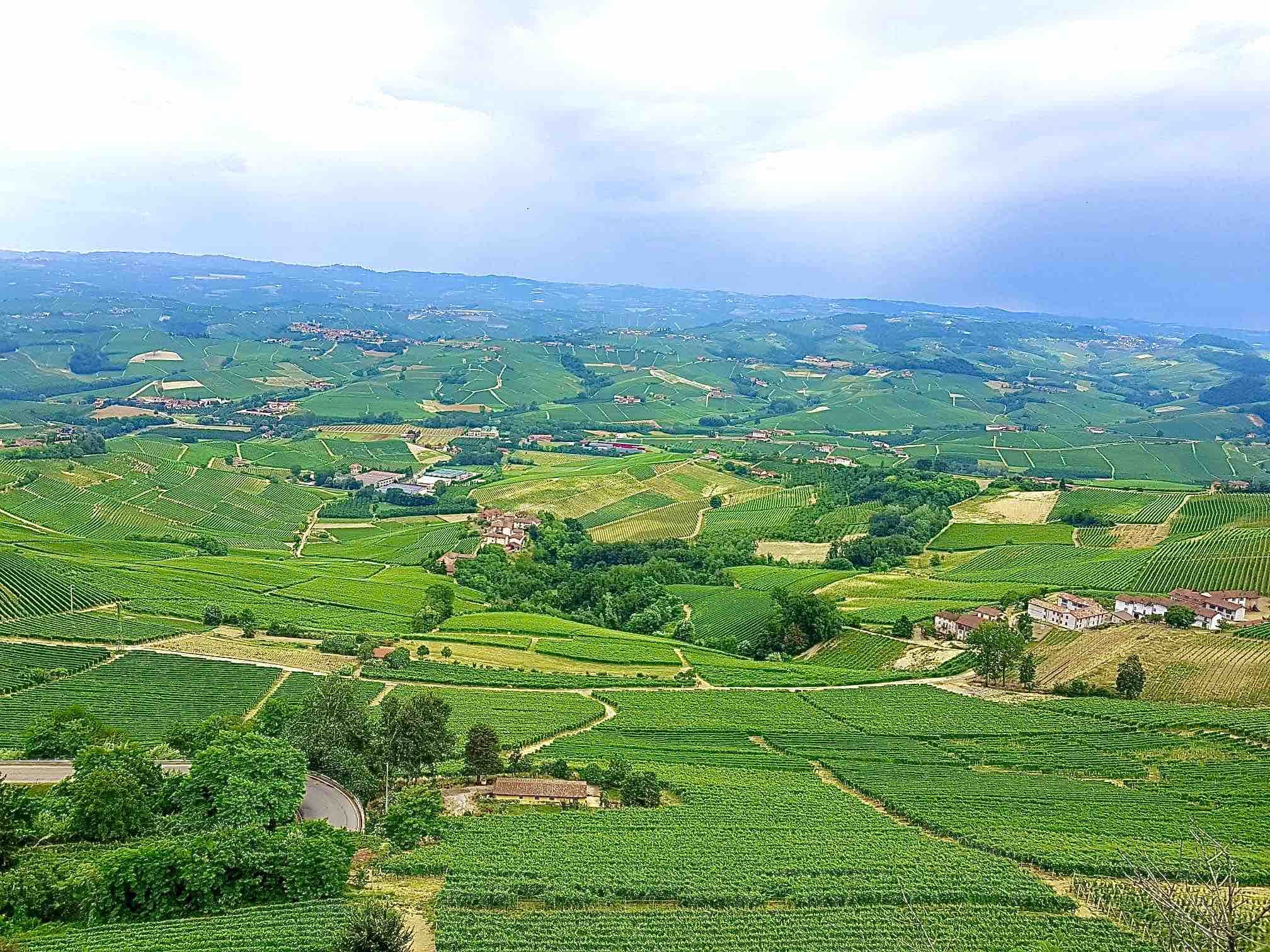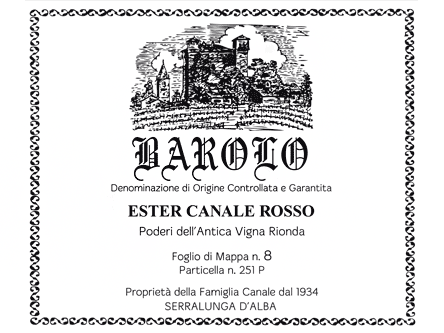The history of Barolo is deeply rooted in Italian culture, starting from the Ancient Rome. Pliny the Elder, wisely and with technical rigour, reported in “De Naturalis Historia” that the production of excellent quality wines was possible in the Langhe region: “For the grapes I find more suitable the limestone and the clay of the territory of Alba Pompea (currently Alba, Piedmont) rather than all the other types of soil fit to such growing, even if very fertile”. Strabo from Amasea wrote as well that the wine produced in Cisalpine Gaul was bottled and sold right away, testifying the high esteem owed to Langhe wine production in the I century AD. Some XVIII century documents that acknowledge the Cannubi hill, still nowadays one of the best areas to produce wine in the Langhe, provide later evidence of the rightful intuition of the aforementioned greek-latin philosophers on the Langhe potential, long before the concept of “Barolo” had come in place.

After this brief historic digression, it’s now time to focus on this vinous royalty as we know it today. The trailblazing experiments with the dry vinification of Nebbiolo, the only kind of grape allowed by the disciplinary regulations, were carried out by Paolo Francesco Staglieno, author in 1835 of the handbook “Istruzione intorno al miglior metodo di fare e conservare i vini in Piemonte” (“Guide to the most appropriate method to create and preserve wines in Piedmont”). The surge in the notoriety of Barolo drew the attention of the House of Savoy, King Carlo Alberto himself was stoked by this “new wine” and subsequently decided to purchase the Verduno estate, currently active in winemaking, to establish his own winery. Same did Vittorio Emanuele II in Serralunga d’Alba and Camillo Benso Count of Cavour in his native Grinzane, a town that was later named in his honour.

Eminence and prestige of Barolo, in its contemporary connotation, are grounded in the first years of the XX century. In 1927 the first decree officially defining the production zone of Barolo is issued; such area includes eleven towns in the province of Cuneo: Diano d’Alba, Castiglione Falletto, Barolo, Serralunga d’Alba, Monforte d’Alba, Grinzane Cavour, Verduno, La Morra, Roddi, Novello and Cherasco. These comuni managed to obtain the DOC (Denominazione di origine controllata) certification in 1966 and the DOCG (Denominazione di origine controllata e garantita) in 1980.

Barolo today is synonym with wine excellence in Italy and all over the world. Thanks to its quality and its outstanding longevity Barolo wine is ranked, in prestige and class, on par with the great wines of Burgundy and Bordeaux, is consistently kept in high regard by the critics and, notably, experiences a steady upward trend in its valuation. At the present time bottles like “Monfortino” by Conterno, the “Falletto-Vigna le Rocche” by Bruno Giacosa, the Barolo Vigna Rionda “Ester Canale” by Giovanni Rosso, the “Monprivato” by Giuseppe Mascarello, the “Brunate” by Rinaldi and the “Fossati Case Nere” by Roberto Voerzio top auction valuations, challenging products from the “beyond-the-Alps cousins”, as Italians friendly call the French, and managing to reach hammer prices in the thousands.
 Demand is in steady growth but the wineries do not compromise on the preservation of their territory and on their tradition and philosophy of production and thus prefer to keep the overall production on modest levels of supply. This stance is foundational in the success of Barolo that, every year, confirms itself as the excellence of Italian red wine.
Demand is in steady growth but the wineries do not compromise on the preservation of their territory and on their tradition and philosophy of production and thus prefer to keep the overall production on modest levels of supply. This stance is foundational in the success of Barolo that, every year, confirms itself as the excellence of Italian red wine.
edit by Alessandro Battisti – Filippo Sardi de Letto

